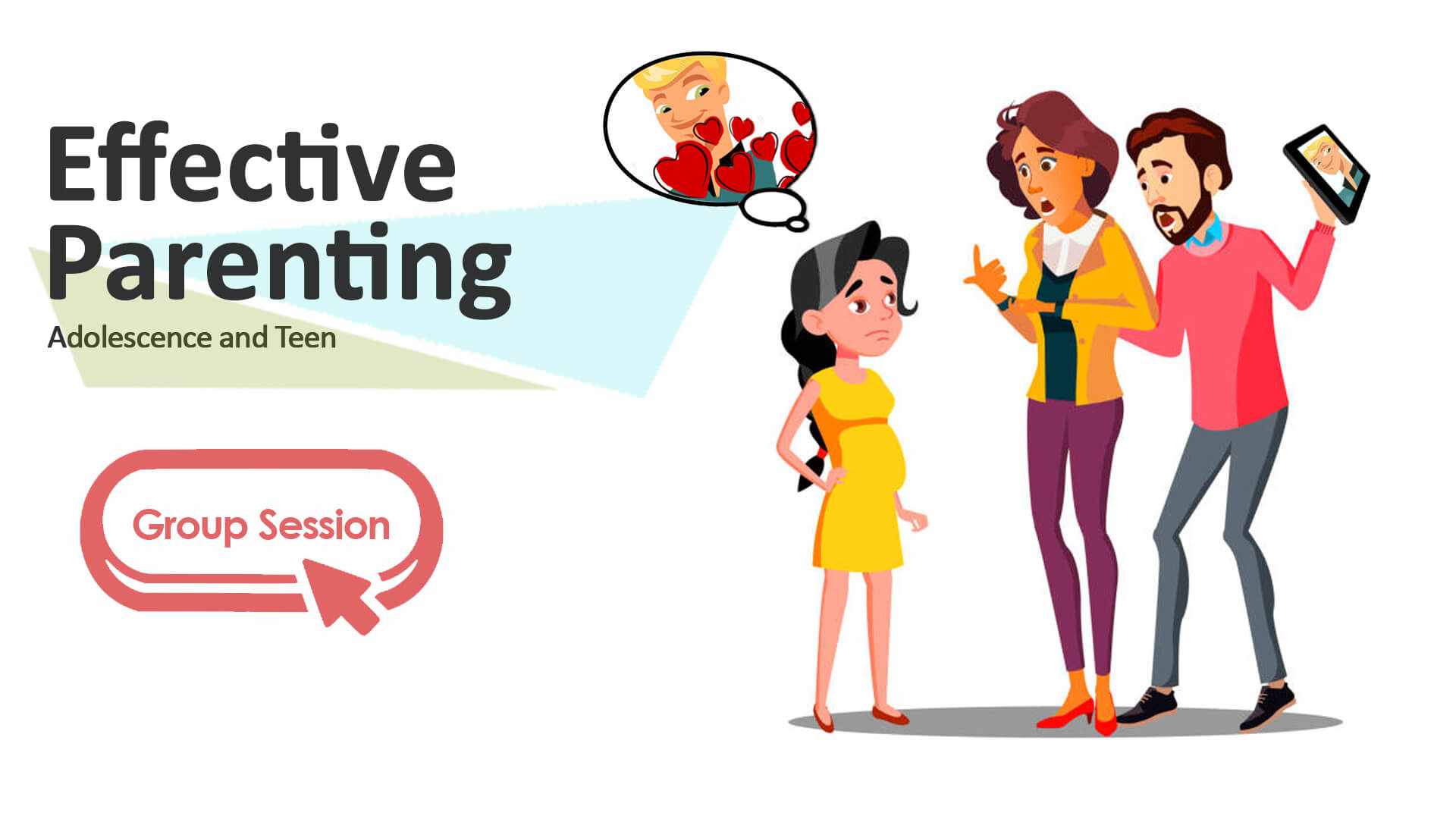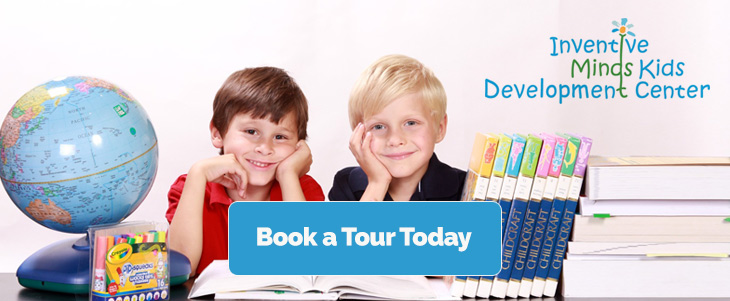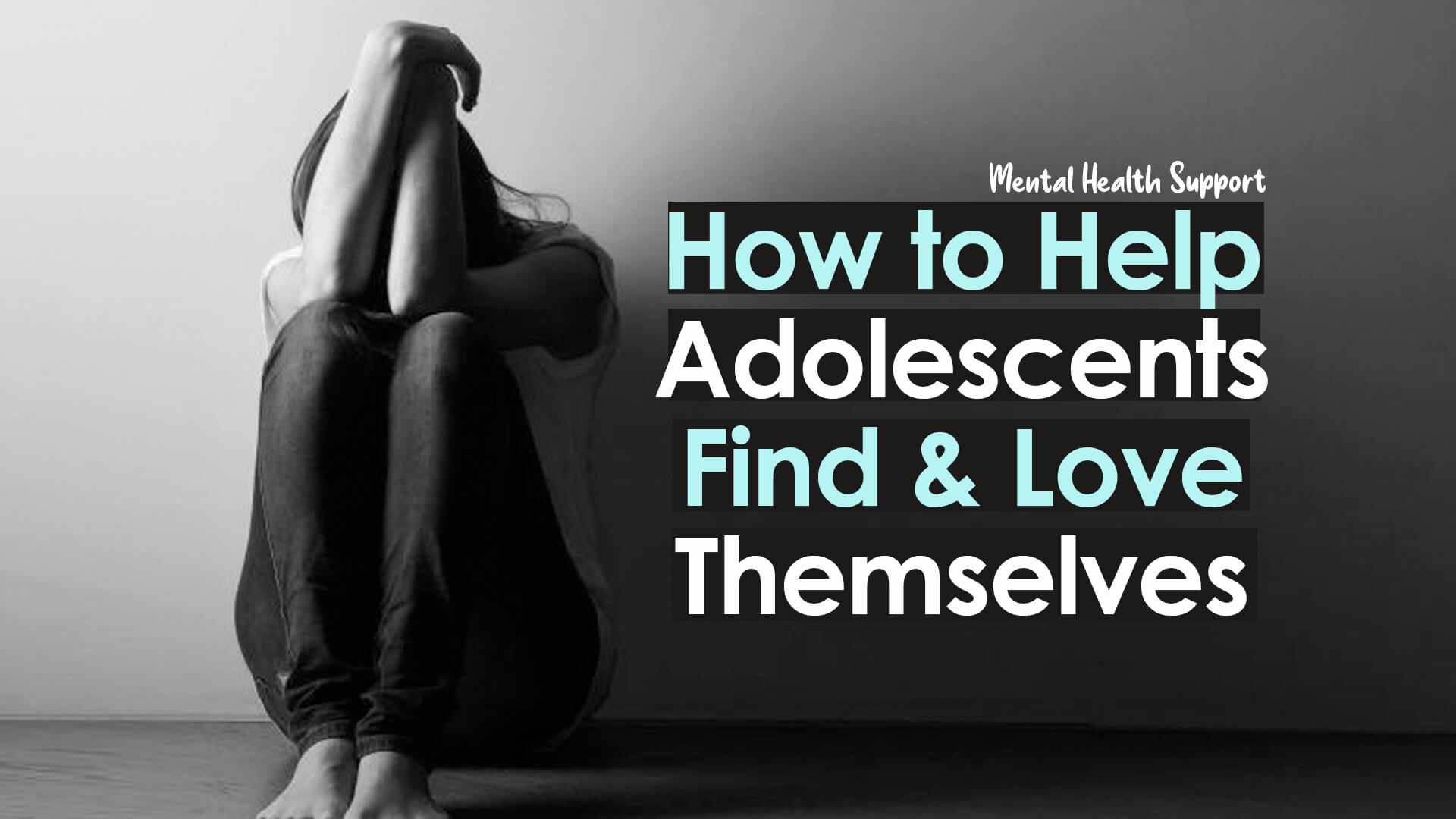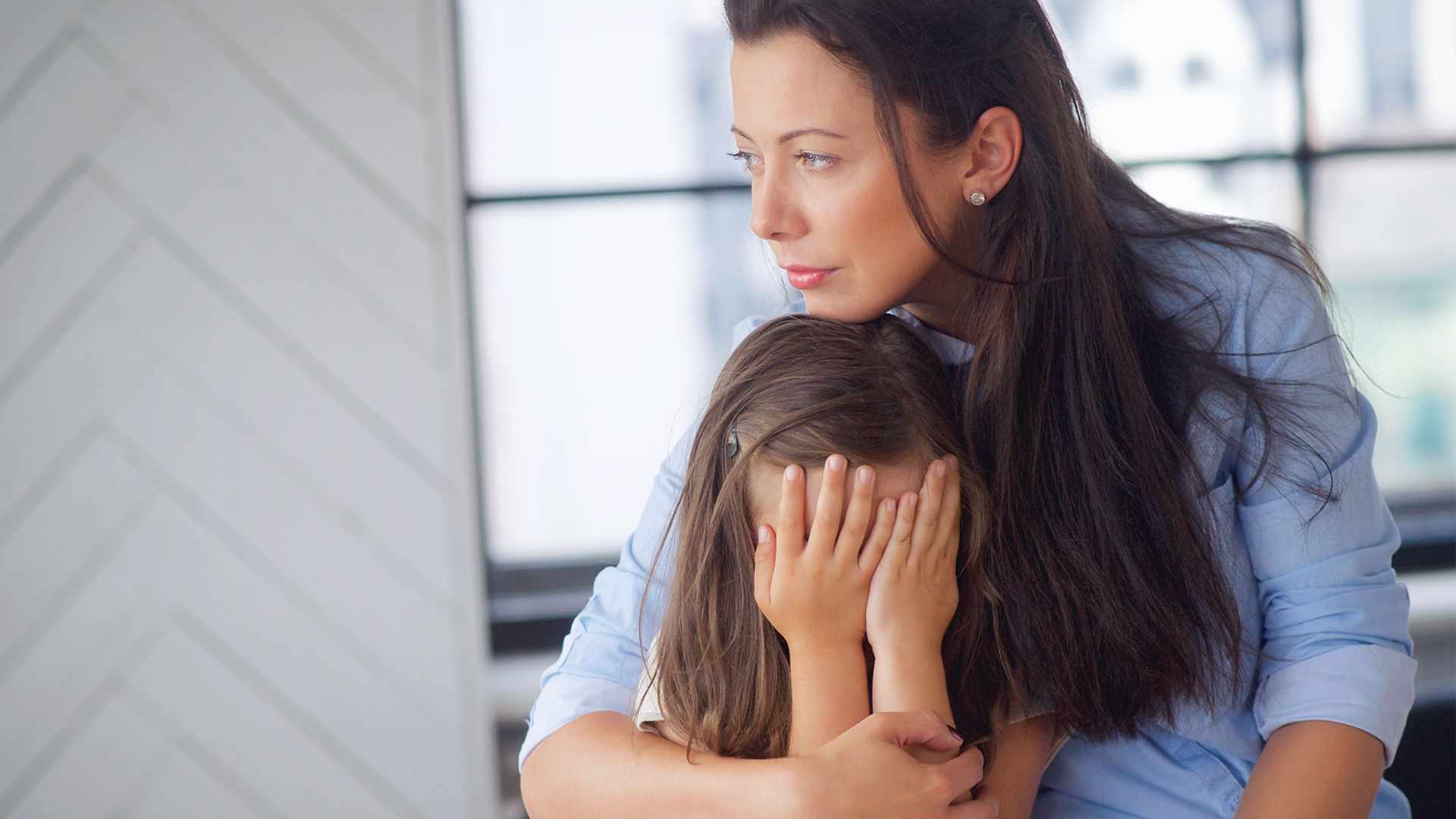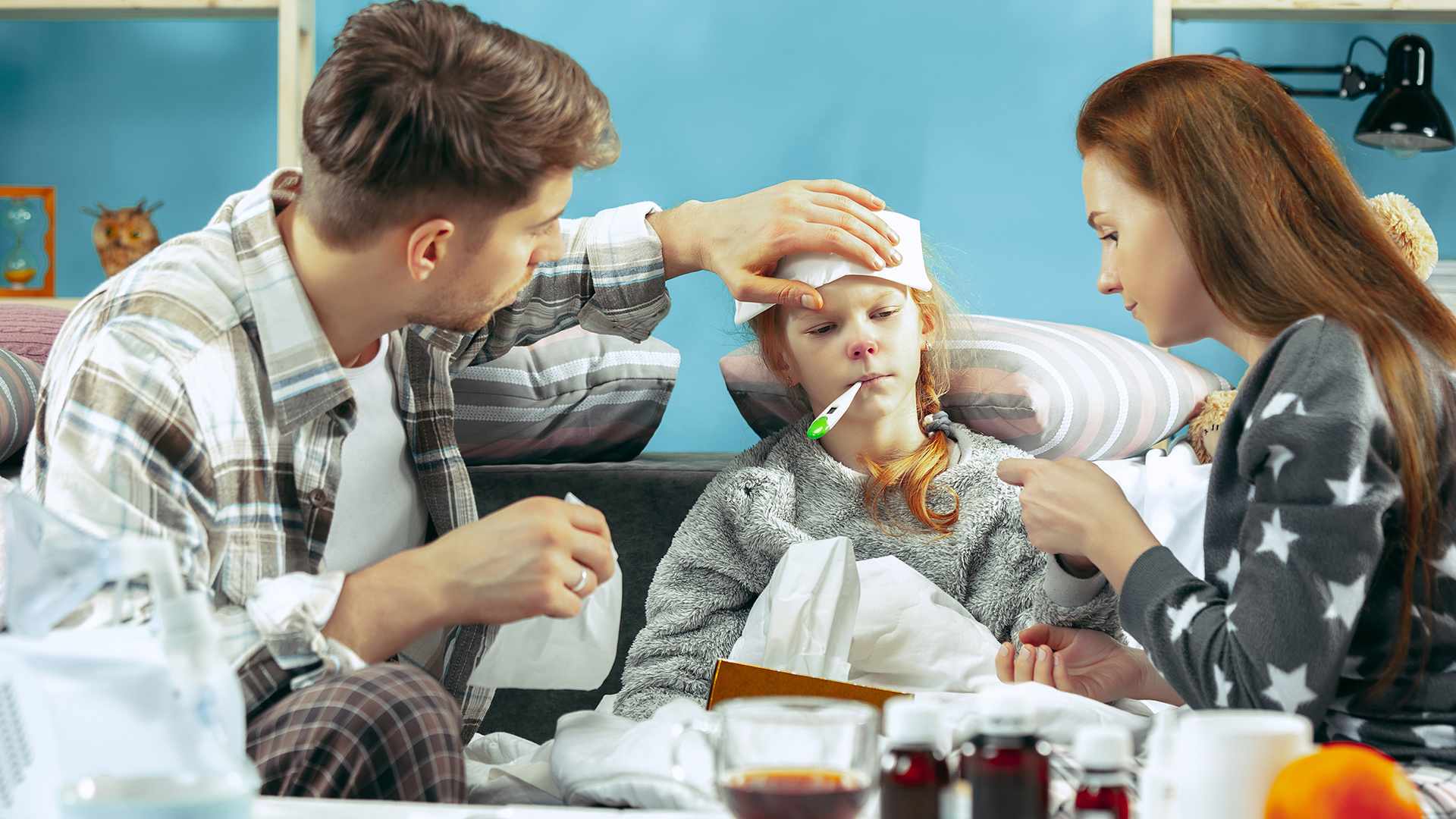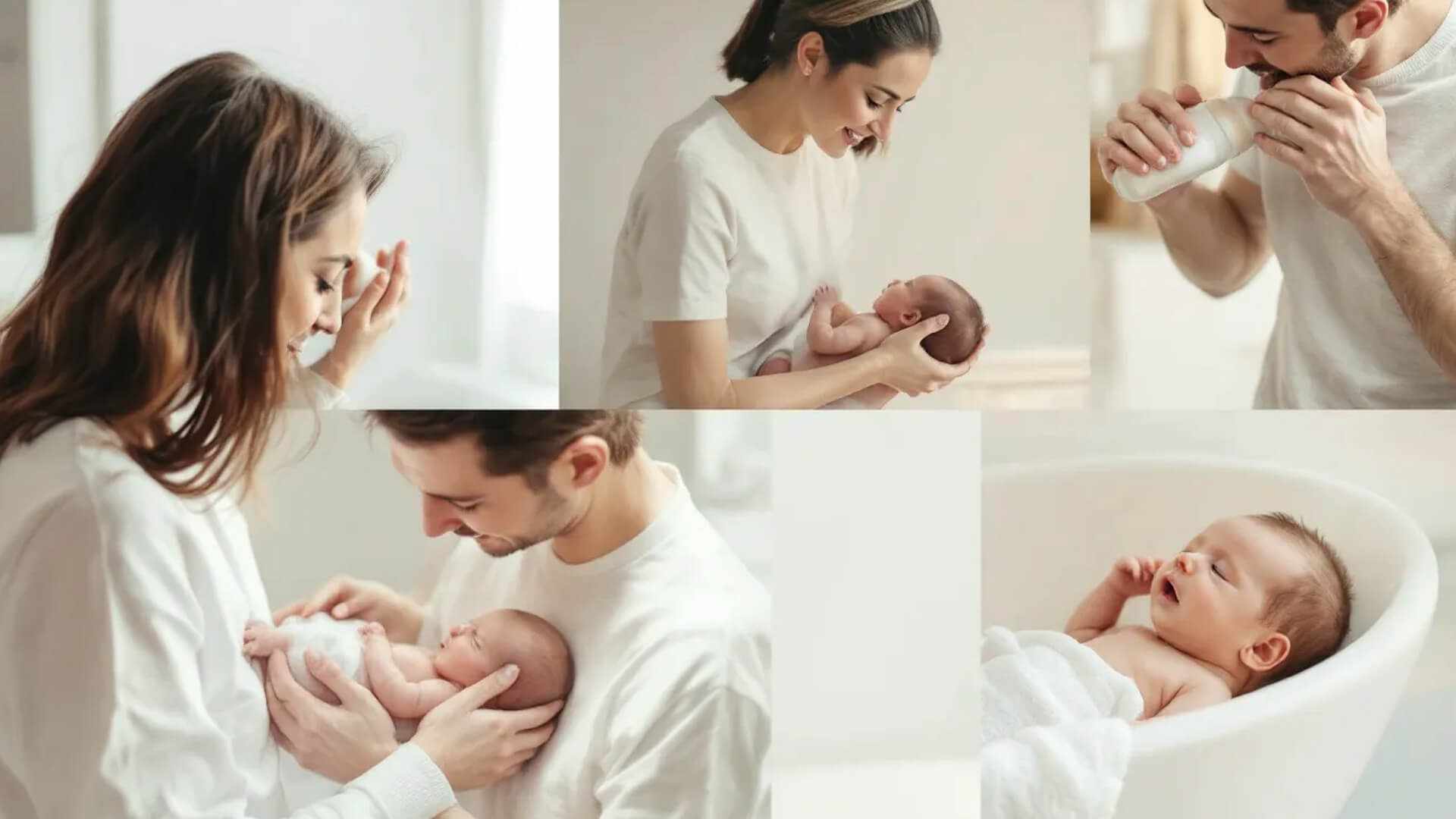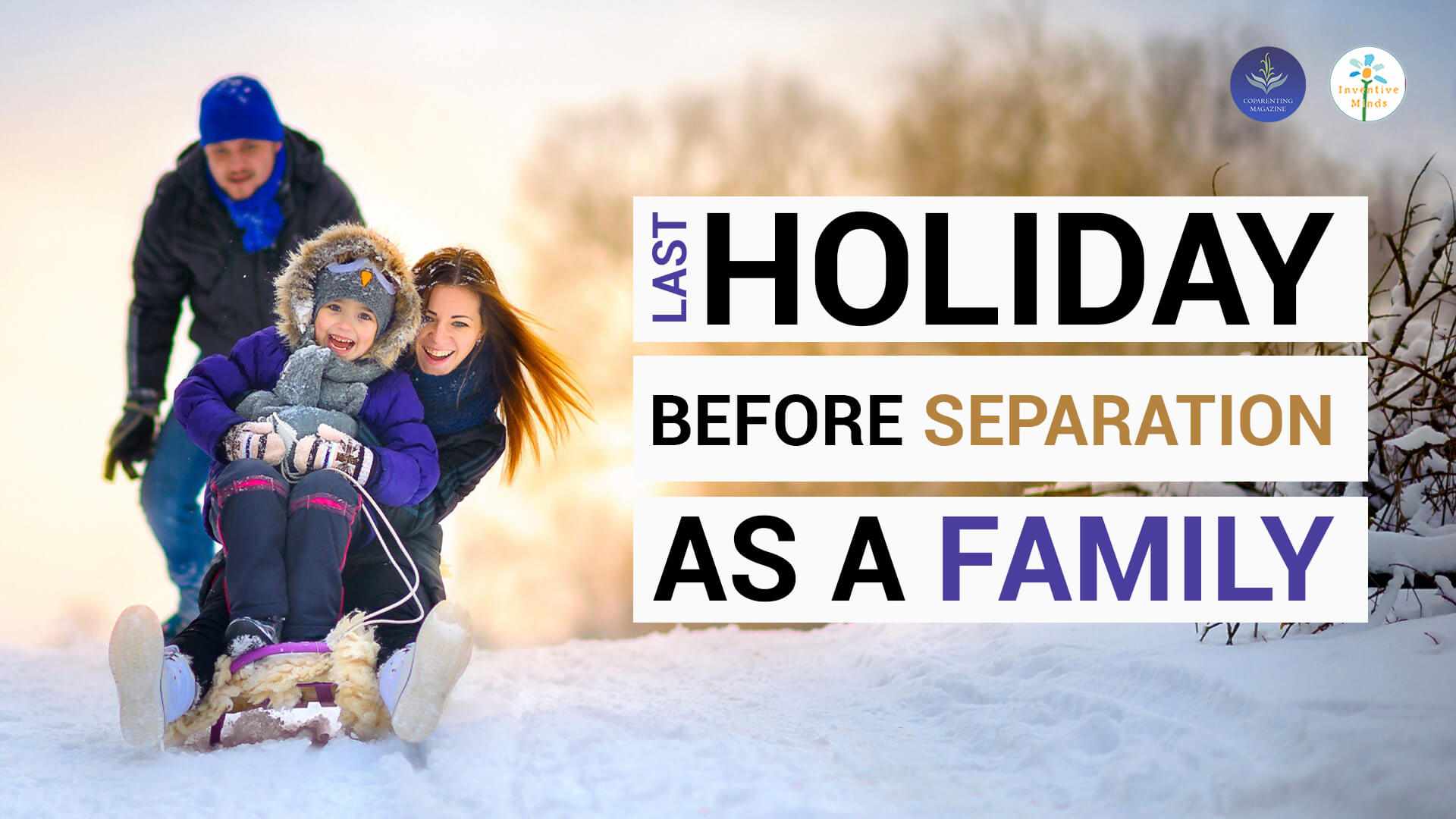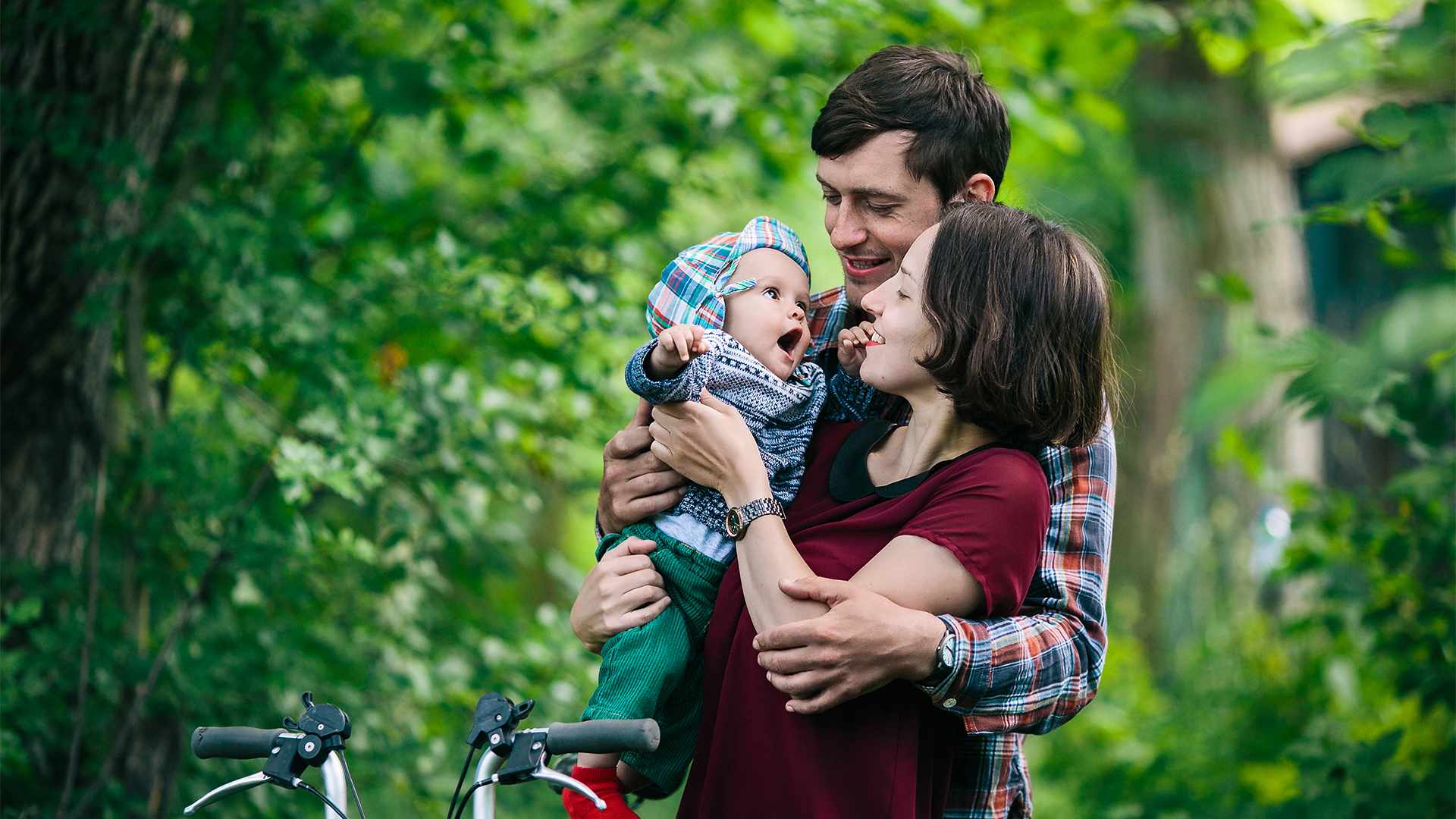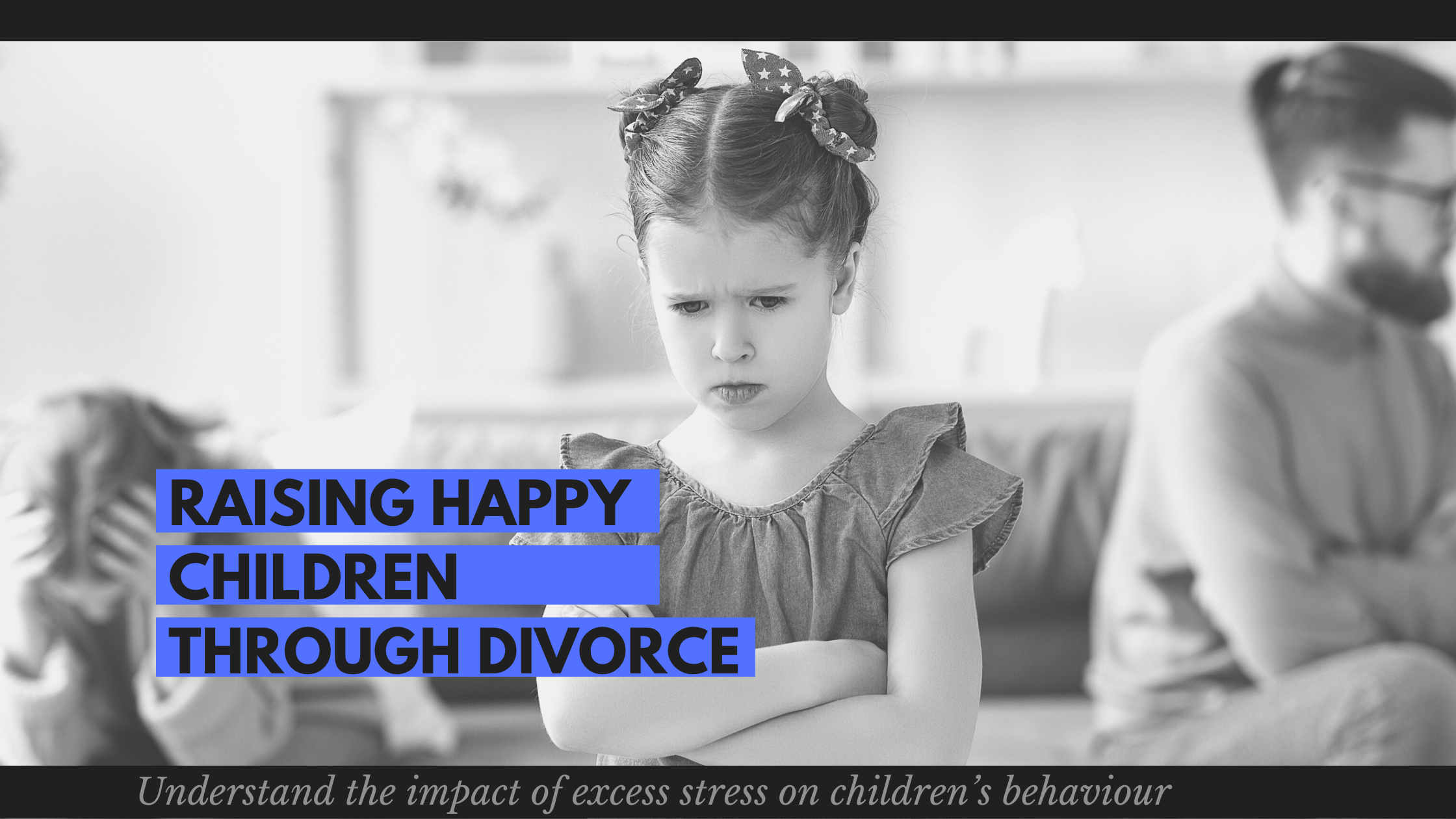Second Year of Life: The Continuation of Development and What to Expect


Second Year of Life: The Continuation of Development and What to Expect
 By Inventive Minds Kidz Academy
By Inventive Minds Kidz Academy
 Added Fri, May 16 2025
Added Fri, May 16 2025
 By Inventive Minds Kidz Academy
By Inventive Minds Kidz Academy
Added Fri, May 16 2025
Hey, Thanks For Subscribing!
Please check for a confirmation message and ensure you add us to a safe email list.
If you don't see a message in the next five minutes, check your spam or junk folders and mark our emails safe for next time.
See you soon!
Duplicate Email Found!
Well this is embarrassing... It looks like is already registered.
We have just sent an email to that address with a link to manage the subscription with us. If you don't see a message in the next five minutes, check the spam or junk folders, it's definitely there.
See you soon!
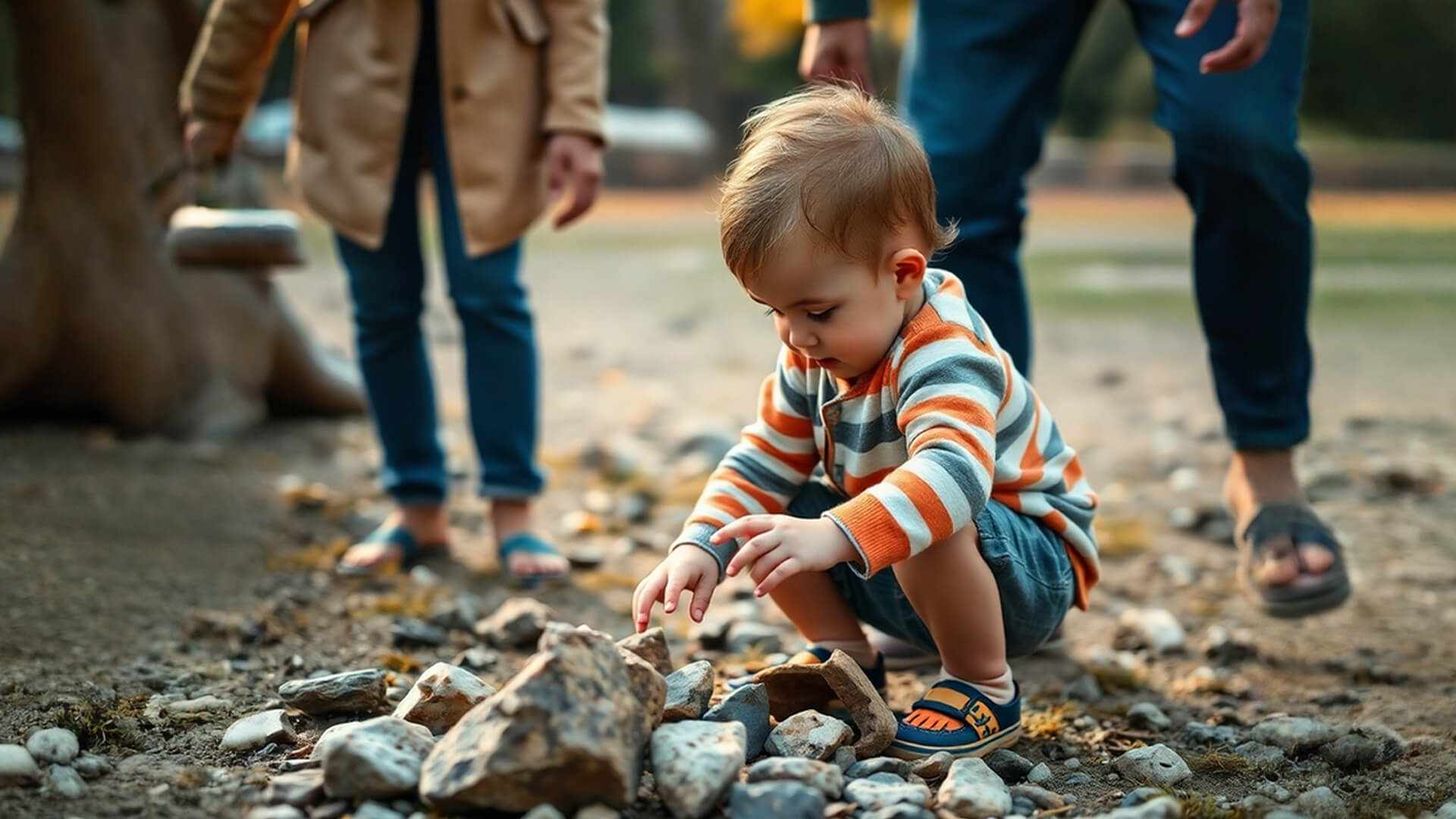
Have you ever paused and wondered—who is your baby becoming?
The first year was a whirlwind of firsts: the first smile, the first word, the first step. But now, as your child enters the second year, a whole new world begins to unfold. It's an incredible, emotional time of transformation, where your little one grows from baby to toddler—full of independence, curiosity, and emotion. Understanding what to expect in this crucial stage can not only guide your parenting journey but also help you cherish every beautifully chaotic moment. Let’s take a deeper look at the second year of life.
In the Article; The First Two Months: Nurturing Your Newborn with Confidence, we discussed the extensive growth and transformation that happens during the first year of life and developmental milestones that most children reach within that time period. Development continues within the second year of baby’s life. Within this period babies enter toddlerhood, their movements become more refined, their coordination improves, and their ability to communicate expands significantly.
All these changes give your toddler the ability to explore the world with greater independence. Same as before, understanding these developmental milestones helps you as parents to support your child’s progress and recognize when further evaluation may be needed.
Motor Development: Expanding Movement and Coordination
In the gross motor category of development, by the time children reach their first birthday, they are typically able to stand with little or no support and may take their first steps. In the following months, their gait balance while walking becomes steadier, and they develop the ability to walk longer distances without falling.
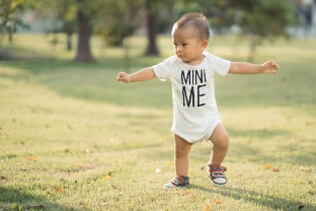
According to Nelson Textbook of Pediatrics, “by 18 months, most toddlers can walk quickly, pull toys while walking, and begin climbing stairs with assistance.” As they approach their second birthday, they refine their motor skills even further, learning to walk backward, run, kick a ball, and throw objects with increasing accuracy. Their sense of balance also improves, allowing them to squat down and stand up without support.
Fine motor skills also develop alongside gross motor abilities, enabling toddlers to manipulate objects with greater control. Around fifteen months, many can hold and drink from a cup with minimal spilling, use a spoon with some assistance, and turn the pages of a book. By eighteen months, most children can stack a few blocks, scribble with a pencil or a crayon, and grasp small objects using a more precise pincer grip. By the age of two years, their hand coordination allows them to build taller block towers, turn doorknobs, and begin using a fork with increasing success.
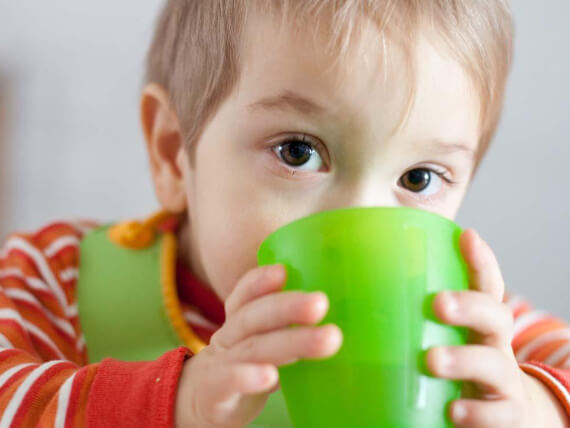
The rapid improvements in both gross and fine motor skills during this stage are closely tied to neurological development. Just like we mentioned in the prior article, these developments have a neuronal basis. The continuation of myelination of neurons is the root of baby’s progression in these domains.
Nelson Textbook of Pediatrics explains that “myelination of the corticospinal tract continues throughout early childhood, allowing for smoother and more coordinated voluntary movements.” The cerebellum, which plays a crucial role in balance and coordination, also undergoes significant development during this period, enabling toddlers to move with greater confidence.
Encouraging activities such as stacking blocks, scribbling, and playing with simple puzzles helps toddlers refine their fine motor skills.
Language Development: From Words to Simple Sentences
Toddler’s ability to understand and use language progresses rapidly in the second year. At twelve months, most children can say one or two meaningful words, such as “mama” or “dada,” and may attempt to imitate sounds. Over the next few months, their vocabulary expands, and by eighteen months, they typically use around ten to fifty words. Their ability to follow simple commands improves, and they begin pointing to objects when named. By two years of age, most toddlers can combine two words into short phrases, such as “want milk” or “go outside,” and understand more than they can express.
Nelson Textbook of Pediatrics notes that “by the second birthday, toddlers are expected to have a vocabulary of at least 50 words and begin forming two-word combinations, marking a significant milestone in language development.”
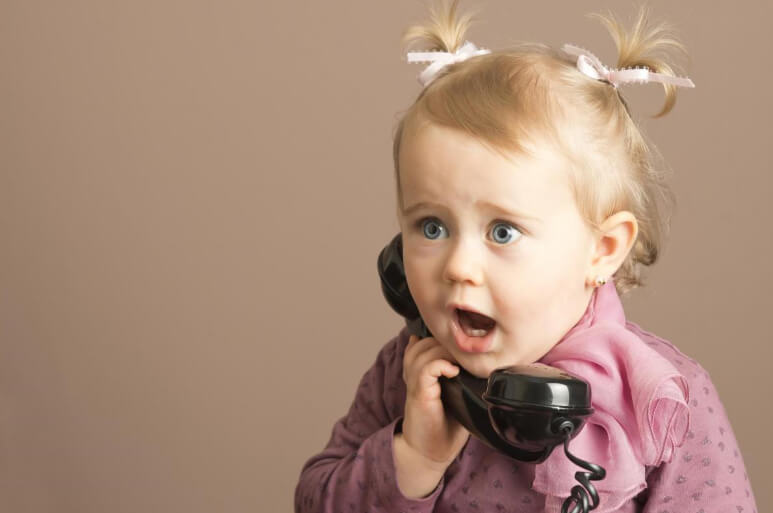
The rapid expansion of language skills is closely tied to brain growth. The neural connections in the temporal and frontal lobes, which are essential for production of speech and comprehension, develop rapidly during this stage.
Your interactions with baby as parents plays a critical role in progression of language skills. Talking to your child throughout the day, describing daily activities, and naming objects in their environment help expand their vocabulary. Reading books together encourages word recognition and comprehension, while singing songs and nursery rhymes introduces new words in an engaging and memorable way. Responding to your toddler’s attempts at communication, even when words are unclear, reinforces their efforts and encourages further speech development.
The American Academy of Pediatrics and the World Health Organization emphasize the importance of reducing screen time in early childhood, as passive exposure to digital content does not provide the interactive communication necessary for proper language development. Instead, your face-to-face interactions and interactive play are far more beneficial for speech and language acquisition.
Cognitive and Social-Emotional Growth
Motor and language development are closely linked to cognitive and emotional growth. As toddlers gain mobility, they become more curious and eager to explore their surroundings, which enhances their problem-solving abilities. The ability to communicate their needs and emotions more effectively leads to stronger social interactions.
Separation anxiety may persist, with toddlers displaying distress when caregivers leave, but they also develop stronger bonds with familiar people and begin to engage in simple social play. Nelson states that “the development of emotional regulation is influenced by both temperament and caregiver responsiveness, with consistent and supportive interactions helping toddlers navigate social challenges more effectively.”
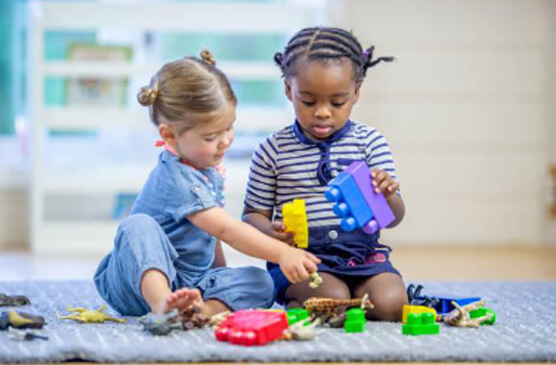
Sometime towards the end of this period, some babies show severe frustration and temper tantrums, something commonly referred as “terrible twos” among specialists.
“Terrible twos” is a normal stage of development that typically begins around the second birthday. During this time, toddlers experience rapid cognitive and emotional growth but struggle with regulating their emotions and asserting their independence.
Nelson Textbook of Pediatrics explains that “as toddlers become more self-aware and develop a stronger sense of autonomy, they often exhibit frustration when their desires are not met, leading to tantrums, defiance, and mood swings.” These behaviors are not signs of misbehavior but rather a reflection of their developing emotional regulation and limited ability to communicate complex feelings.
Toddlers at this stage may insist on doing things themselves, often resist parental guidance, or express frustration through crying and tantrums when they cannot effectively communicate their needs. Providing structure, offering choices, and responding with patience can help guide children through this challenging phase.
Nelson Textbook of Pediatrics emphasizes that “consistent and supportive parenting, along with clear boundaries and reassurance, helps toddlers gradually develop better emotional control and social understanding.” While the “terrible twos” can be difficult for parents, this stage is a crucial part of a child’s journey toward independence and self-regulation.
What You Can Do for Your Baby
As we mentioned in the developmental milestones in first year of life article, as parents you should actively encourage development through research-backed strategies. You should also be aware of the milestones, because even though there is a wide range of normal variations, certain delays might be of concern.
Nelson Textbook of Pediatrics emphasizes that “early identification and intervention for developmental delays can have a significant positive impact on long-term outcomes, particularly in speech and motor development.”
References
-
Nelson Textbook of Pediatrics, 22nd edition
-
American Academy of Pediatrics (AAP)
-
World Health Organization
Have you ever paused and wondered—who is your baby becoming?
The first year was a whirlwind of firsts: the first smile, the first word, the first step. But now, as your child enters the second year, a whole new world begins to unfold. It's an incredible, emotional time of transformation, where your little one grows from baby to toddler—full of independence, curiosity, and emotion. Understanding what to expect in this crucial stage can not only guide your parenting journey but also help you cherish every beautifully chaotic moment. Let’s take a deeper look at the second year of life.
In the Article; The First Two Months: Nurturing Your Newborn with Confidence, we discussed the extensive growth and transformation that happens during the first year of life and developmental milestones that most children reach within that time period. Development continues within the second year of baby’s life. Within this period babies enter toddlerhood, their movements become more refined, their coordination improves, and their ability to communicate expands significantly.
All these changes give your toddler the ability to explore the world with greater independence. Same as before, understanding these developmental milestones helps you as parents to support your child’s progress and recognize when further evaluation may be needed.
Motor Development: Expanding Movement and Coordination
In the gross motor category of development, by the time children reach their first birthday, they are typically able to stand with little or no support and may take their first steps. In the following months, their gait balance while walking becomes steadier, and they develop the ability to walk longer distances without falling.

According to Nelson Textbook of Pediatrics, “by 18 months, most toddlers can walk quickly, pull toys while walking, and begin climbing stairs with assistance.” As they approach their second birthday, they refine their motor skills even further, learning to walk backward, run, kick a ball, and throw objects with increasing accuracy. Their sense of balance also improves, allowing them to squat down and stand up without support.
Fine motor skills also develop alongside gross motor abilities, enabling toddlers to manipulate objects with greater control. Around fifteen months, many can hold and drink from a cup with minimal spilling, use a spoon with some assistance, and turn the pages of a book. By eighteen months, most children can stack a few blocks, scribble with a pencil or a crayon, and grasp small objects using a more precise pincer grip. By the age of two years, their hand coordination allows them to build taller block towers, turn doorknobs, and begin using a fork with increasing success.

The rapid improvements in both gross and fine motor skills during this stage are closely tied to neurological development. Just like we mentioned in the prior article, these developments have a neuronal basis. The continuation of myelination of neurons is the root of baby’s progression in these domains.
Nelson Textbook of Pediatrics explains that “myelination of the corticospinal tract continues throughout early childhood, allowing for smoother and more coordinated voluntary movements.” The cerebellum, which plays a crucial role in balance and coordination, also undergoes significant development during this period, enabling toddlers to move with greater confidence.
Encouraging activities such as stacking blocks, scribbling, and playing with simple puzzles helps toddlers refine their fine motor skills.
Language Development: From Words to Simple Sentences
Toddler’s ability to understand and use language progresses rapidly in the second year. At twelve months, most children can say one or two meaningful words, such as “mama” or “dada,” and may attempt to imitate sounds. Over the next few months, their vocabulary expands, and by eighteen months, they typically use around ten to fifty words. Their ability to follow simple commands improves, and they begin pointing to objects when named. By two years of age, most toddlers can combine two words into short phrases, such as “want milk” or “go outside,” and understand more than they can express.
Nelson Textbook of Pediatrics notes that “by the second birthday, toddlers are expected to have a vocabulary of at least 50 words and begin forming two-word combinations, marking a significant milestone in language development.”

The rapid expansion of language skills is closely tied to brain growth. The neural connections in the temporal and frontal lobes, which are essential for production of speech and comprehension, develop rapidly during this stage.
Your interactions with baby as parents plays a critical role in progression of language skills. Talking to your child throughout the day, describing daily activities, and naming objects in their environment help expand their vocabulary. Reading books together encourages word recognition and comprehension, while singing songs and nursery rhymes introduces new words in an engaging and memorable way. Responding to your toddler’s attempts at communication, even when words are unclear, reinforces their efforts and encourages further speech development.
The American Academy of Pediatrics and the World Health Organization emphasize the importance of reducing screen time in early childhood, as passive exposure to digital content does not provide the interactive communication necessary for proper language development. Instead, your face-to-face interactions and interactive play are far more beneficial for speech and language acquisition.
Cognitive and Social-Emotional Growth
Motor and language development are closely linked to cognitive and emotional growth. As toddlers gain mobility, they become more curious and eager to explore their surroundings, which enhances their problem-solving abilities. The ability to communicate their needs and emotions more effectively leads to stronger social interactions.
Separation anxiety may persist, with toddlers displaying distress when caregivers leave, but they also develop stronger bonds with familiar people and begin to engage in simple social play. Nelson states that “the development of emotional regulation is influenced by both temperament and caregiver responsiveness, with consistent and supportive interactions helping toddlers navigate social challenges more effectively.”

Sometime towards the end of this period, some babies show severe frustration and temper tantrums, something commonly referred as “terrible twos” among specialists.
“Terrible twos” is a normal stage of development that typically begins around the second birthday. During this time, toddlers experience rapid cognitive and emotional growth but struggle with regulating their emotions and asserting their independence.
Nelson Textbook of Pediatrics explains that “as toddlers become more self-aware and develop a stronger sense of autonomy, they often exhibit frustration when their desires are not met, leading to tantrums, defiance, and mood swings.” These behaviors are not signs of misbehavior but rather a reflection of their developing emotional regulation and limited ability to communicate complex feelings.
Toddlers at this stage may insist on doing things themselves, often resist parental guidance, or express frustration through crying and tantrums when they cannot effectively communicate their needs. Providing structure, offering choices, and responding with patience can help guide children through this challenging phase.
Nelson Textbook of Pediatrics emphasizes that “consistent and supportive parenting, along with clear boundaries and reassurance, helps toddlers gradually develop better emotional control and social understanding.” While the “terrible twos” can be difficult for parents, this stage is a crucial part of a child’s journey toward independence and self-regulation.
What You Can Do for Your Baby
As we mentioned in the developmental milestones in first year of life article, as parents you should actively encourage development through research-backed strategies. You should also be aware of the milestones, because even though there is a wide range of normal variations, certain delays might be of concern.
Nelson Textbook of Pediatrics emphasizes that “early identification and intervention for developmental delays can have a significant positive impact on long-term outcomes, particularly in speech and motor development.”
References
-
Nelson Textbook of Pediatrics, 22nd edition
-
American Academy of Pediatrics (AAP)
-
World Health Organization
Most Talked About Posts
You May Also Like
Staff Picks
Now Trending
Our Newsletter
Duplicate Email Found!
Well this is embarrassing... It looks like is already registered.
We have just sent an email to that address with a link to manage the subscription with us. If you don't see a message in the next five minutes, check the spam or junk folders, it's definitely there.
See you soon!
Join Our Newsletter
Hey, Thanks For Subscribing!
Please check for a confirmation message and ensure you add us to a safe email list.
If you don't see a message in the next five minutes, check your spam or junk folders and mark our emails safe for next time.
See you soon!
Duplicate Email Found!
Well this is embarrassing... It looks like is already registered.
We have just sent an email to that address with a link to manage the subscription with us. If you don't see a message in the next five minutes, check the spam or junk folders, it's definitely there.
See you soon!
